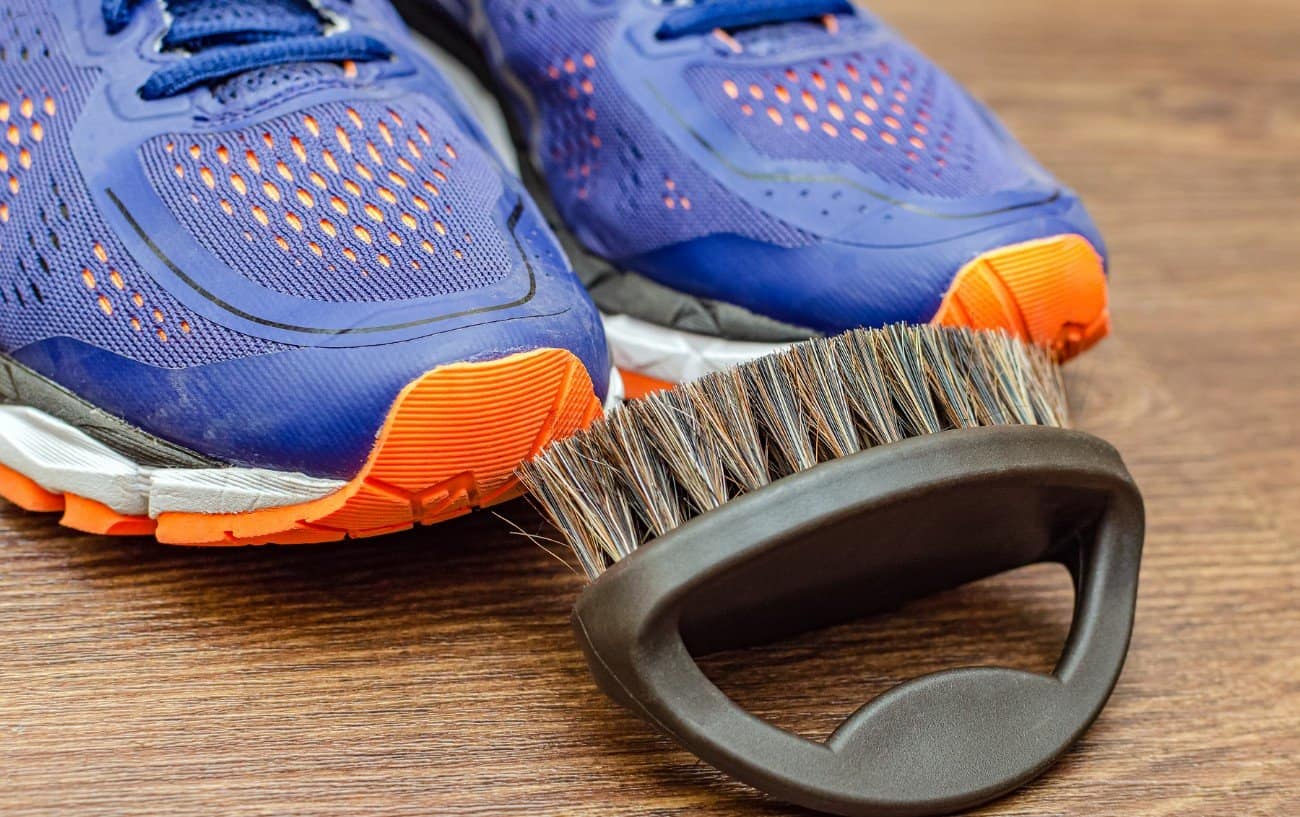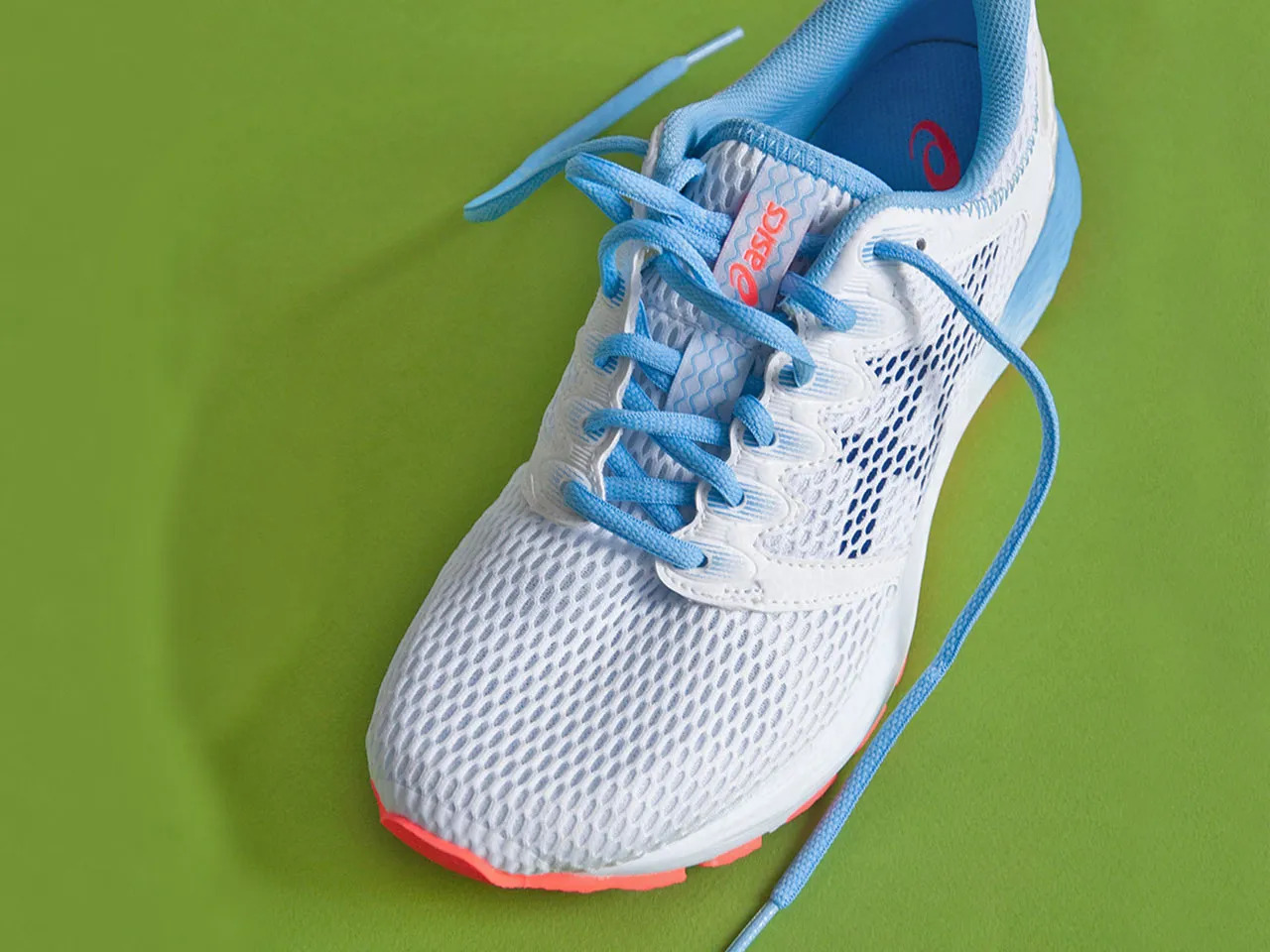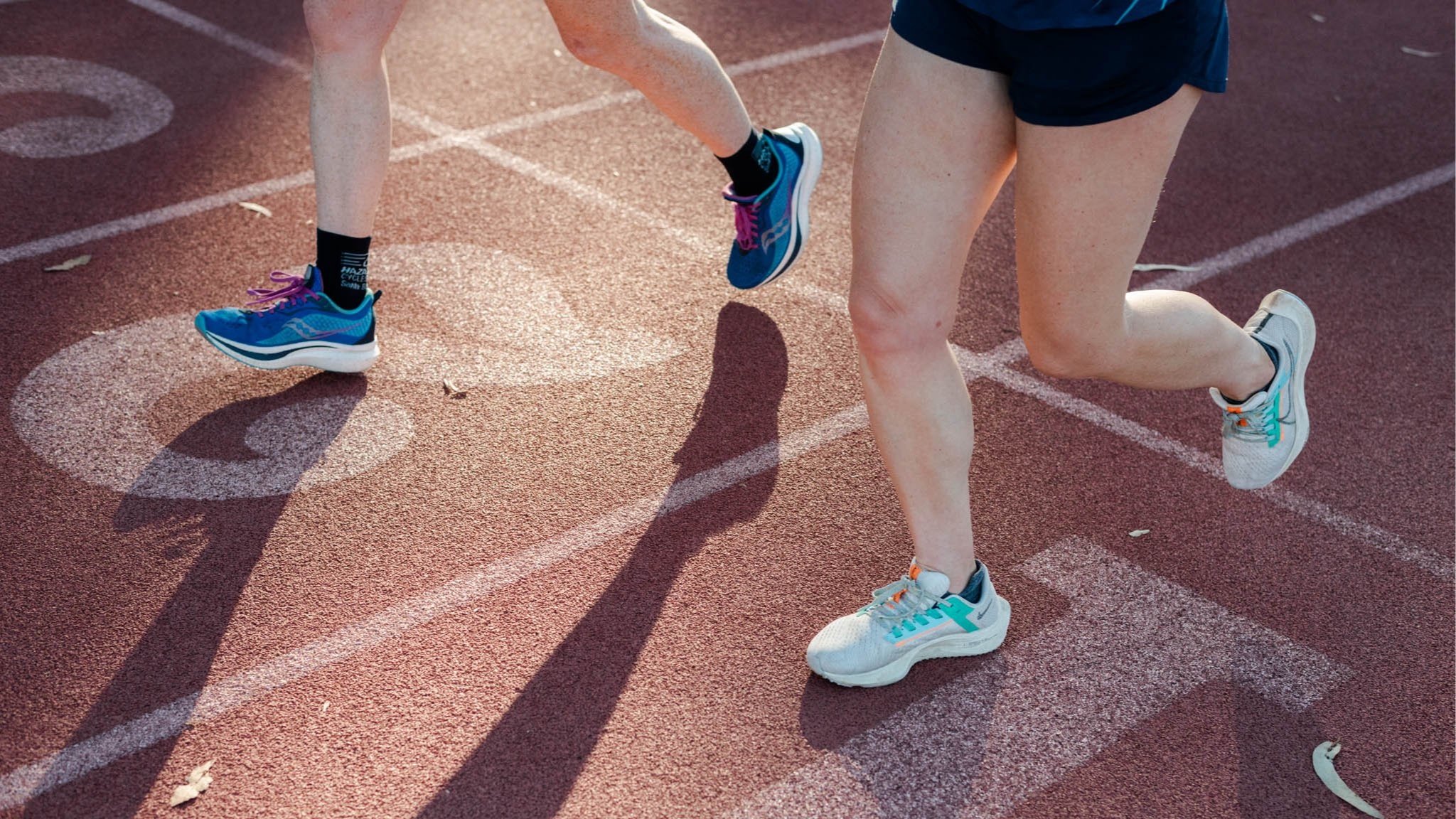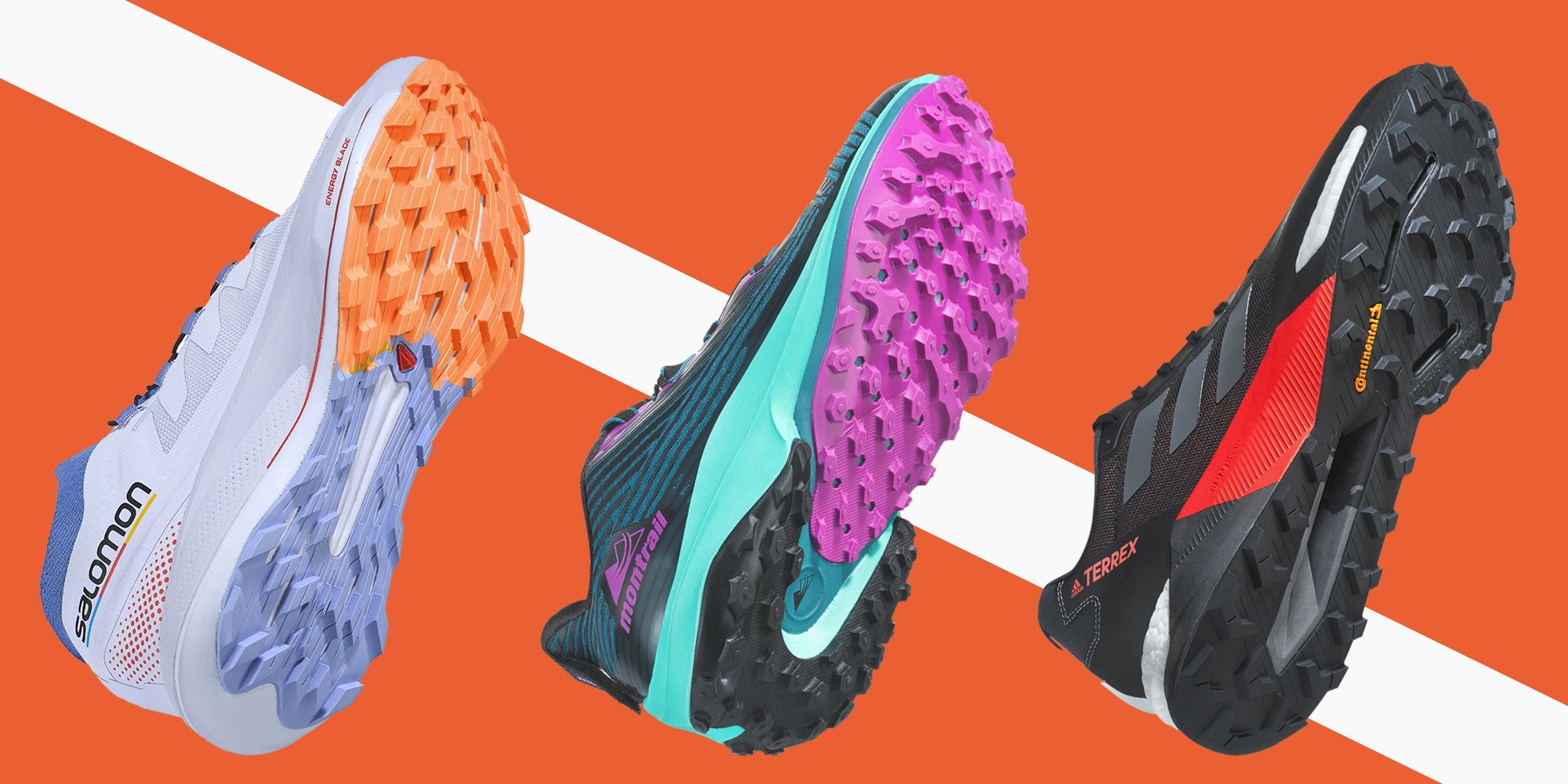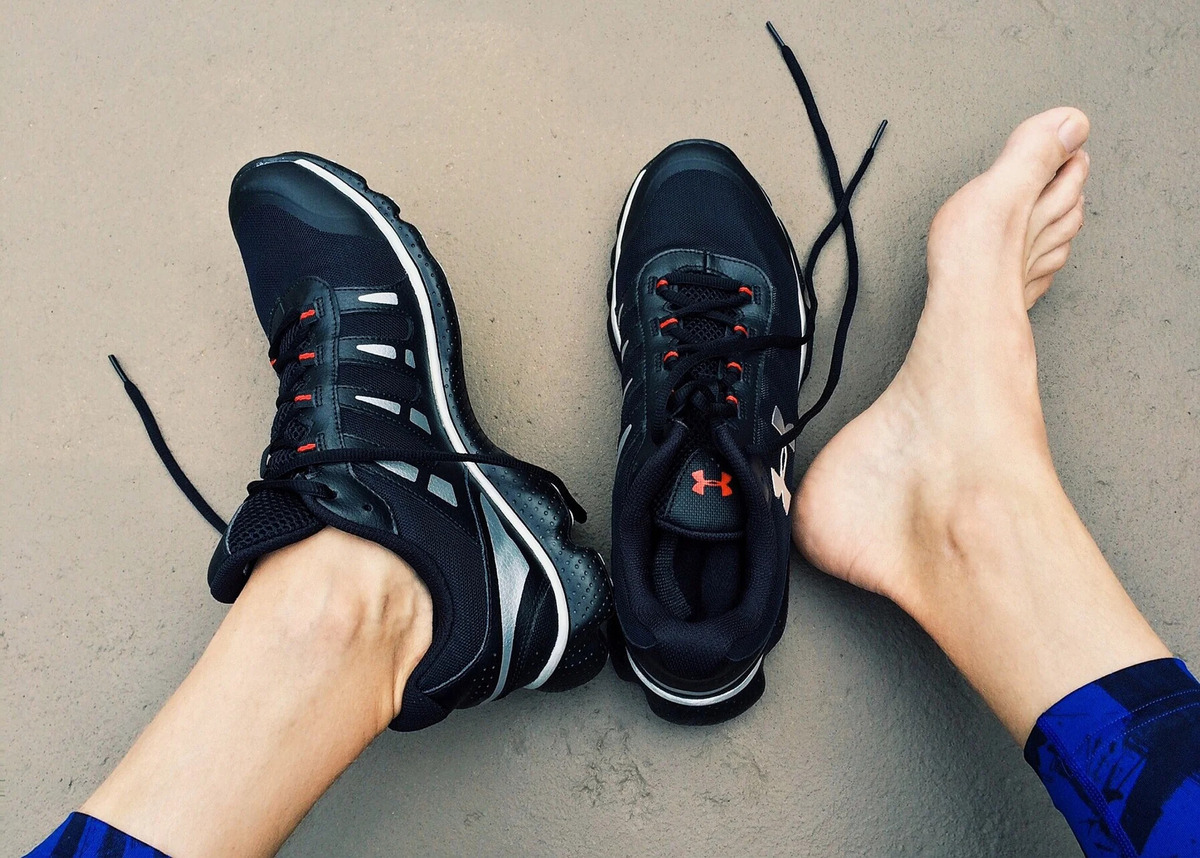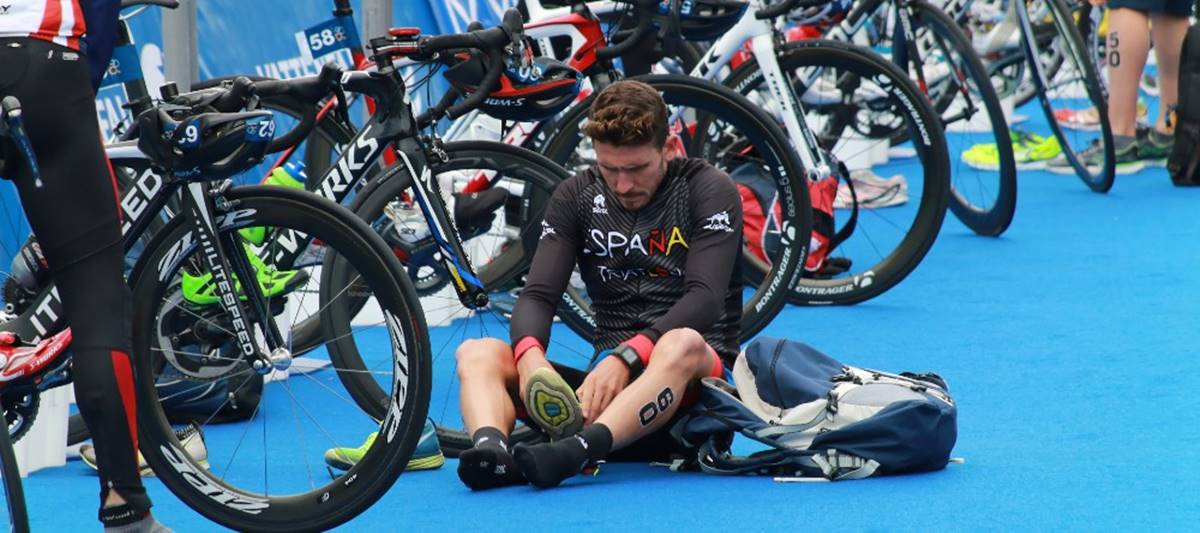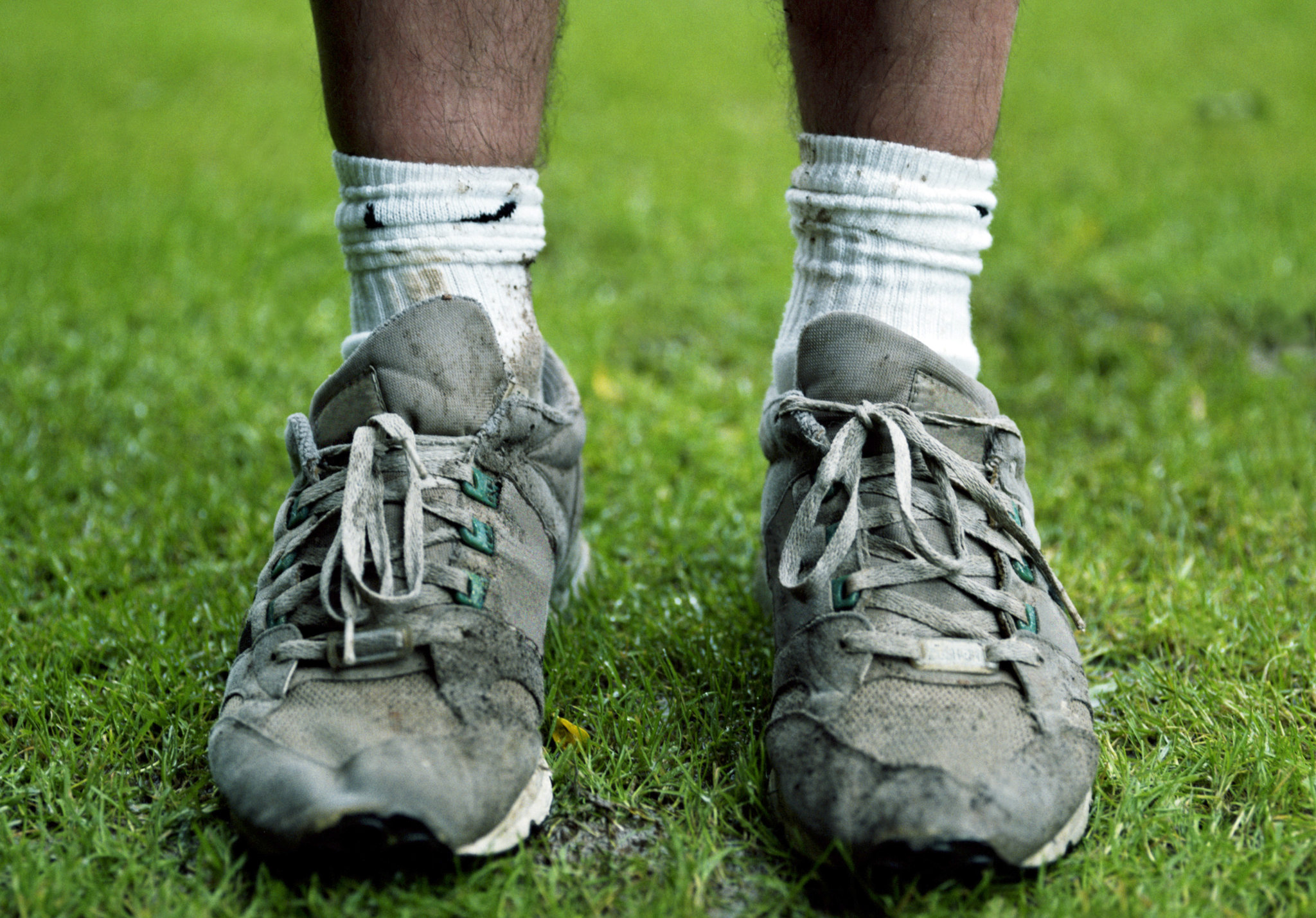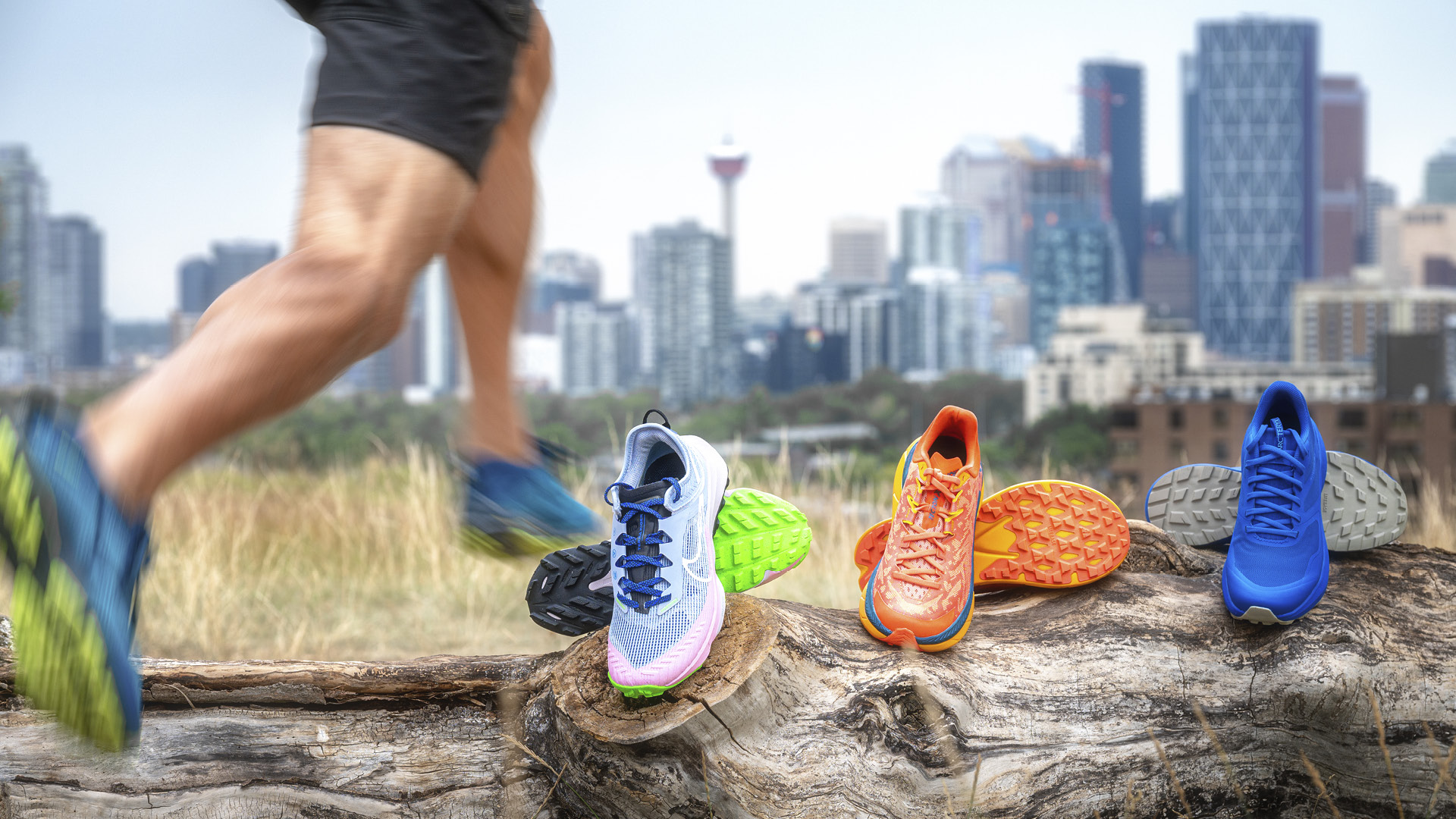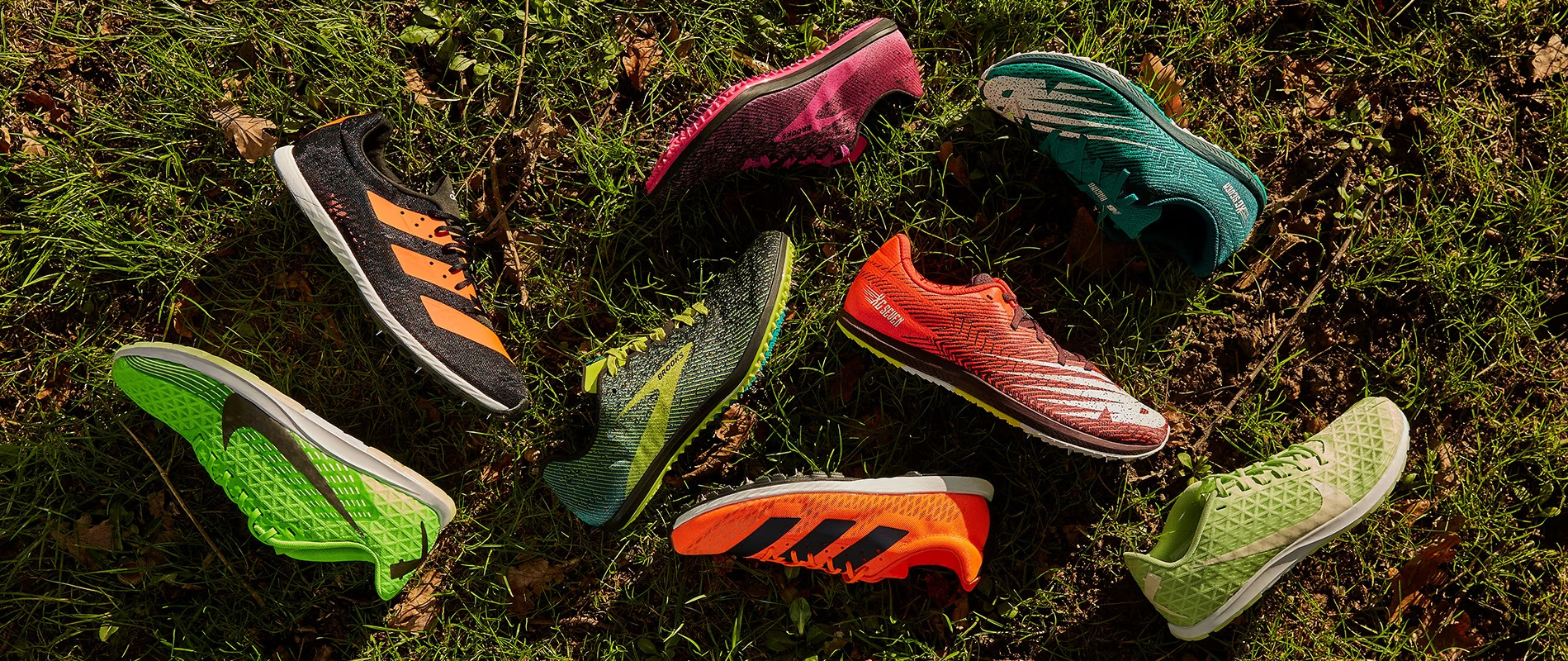Home>Misc>Featured>How To Lace My Running Shoes So Heel Doesnt Slip
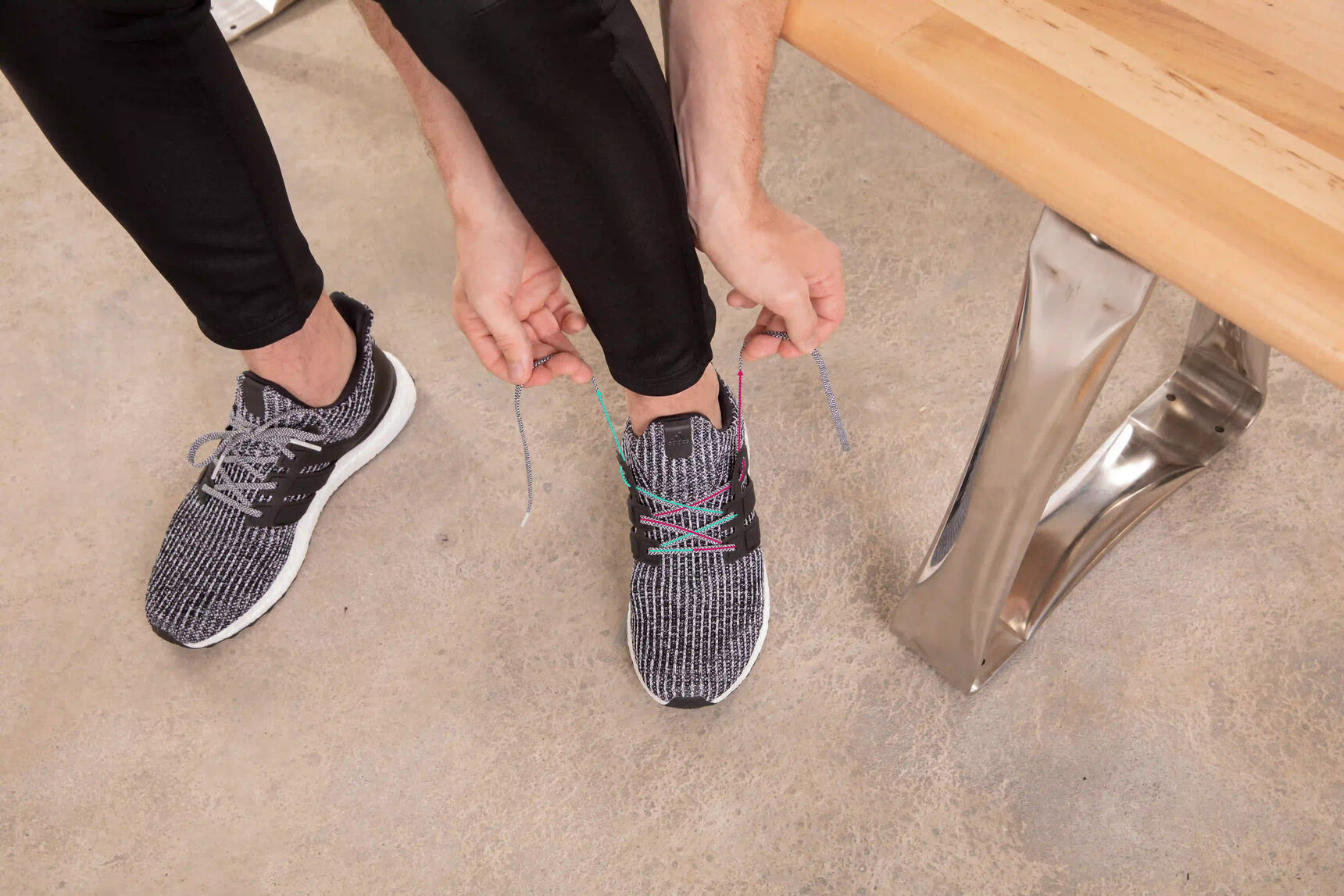

Featured
How To Lace My Running Shoes So Heel Doesnt Slip
Modified: January 22, 2024
Learn how to lace your running shoes properly to prevent your heel from slipping. Our featured guide provides step-by-step instructions for a secure and comfortable fit.
Introduction
When it comes to running, having the right pair of shoes is crucial for comfort and performance. However, even with the perfect fit, some runners may experience a common issue: the heel slipping during their run. This can be not only annoying but also lead to discomfort and potentially even injuries.
The good news is that there is a simple solution to this problem: lacing your running shoes properly. By using the right lacing technique, you can ensure a secure fit around the heel, preventing any unwanted slipping and providing you with a more enjoyable running experience.
In this article, we’ll delve into the different lacing techniques that can help keep your heel in place while running. Whether you’re a seasoned runner or just starting out, these techniques can make a noticeable difference in your comfort and performance.
Before we jump into the various lacing techniques, it’s important to understand why the heel slipping occurs in the first place. The foot undergoes constant movement and impact while running, and depending on factors such as foot shape, shoe design, and even individual running style, the heel can sometimes lift off or slip within the shoe during each stride.
This slippage can lead to rubbing, blisters, and an overall uncomfortable experience. It can also affect your running efficiency as you may compensate for the slippage by altering your stride or foot strike, which can put additional stress on different muscles and joints.
Now that we understand the problem, let’s explore the different lacing techniques that can help solve it. Keep in mind that not all lacing techniques work for everyone, so it may take a bit of trial and error to find the one that works best for you. Let’s get started!
Understanding the Problem
Before we dive into the various lacing techniques, it’s important to have a solid understanding of why the heel slipping occurs. This knowledge will help you better address the issue and find the most effective solution.
When you run, your foot undergoes a series of movements, including pronation and supination. Pronation refers to the inward rolling motion of the foot as it strikes the ground, while supination is the opposite motion, where the foot rolls outward. These movements are natural and necessary for shock absorption and maintaining stability as you run.
However, if your running shoes don’t fit properly or if the lacing isn’t right, the heel can slip inside the shoe during these pronation and supination movements. The slippage can result in friction and rubbing, which can lead to blisters, irritation, and discomfort.
Several factors can contribute to heel slippage, including:
- Foot Shape: The shape of your foot can play a role in heel slippage. If you have a narrow heel or a low arch, there may be more room for movement within the shoe.
- Shoe Design: Different running shoe models have varying features that can affect heel stability. Some shoes may have a looser heel counter or a wider toe box, which can contribute to slipping.
- Running Surface: The type of surface you run on can impact the amount of heel slippage. Slippery surfaces or uneven terrain can increase the likelihood of your heel moving inside the shoe.
- Sock Choice: The type of socks you wear can also influence heel slippage. Socks that are too thin or don’t provide adequate cushioning can lead to more movement within the shoe.
It’s important to note that some degree of heel slippage is normal, especially during the break-in period of new running shoes. However, excessive slippage can cause issues and should be addressed.
Now that we have a clear understanding of why heel slippage occurs, let’s move on to the various lacing techniques that can help solve the problem and keep your heel secure during your runs.
Choosing the Right Lacing Technique
With so many lacing techniques available, it can be overwhelming to determine which one is best for preventing heel slippage. The key is to experiment and find the lacing technique that works best for your individual feet and running style.
Here are some popular lacing techniques to consider:
- The Runner’s Loop: This technique involves creating an extra loop near the top of the shoe, which helps secure the heel. To do this, after lacing up your shoes as usual, create a loop with the lace on each side, then cross the laces through the loop on the opposite side. This creates a tight and secure fit around the heel area.
- The Heel Lock: Also known as “lace locking,” this technique involves creating a loop on each side of the shoe near the ankle. After crossing the laces through the respective loops, cross them over each other and pull them tight. This creates a firm hold on the heel, preventing any slippage.
- Parallel Lacing: This technique involves lacing up the shoe as usual but using an “over-under” pattern. Start by crossing the laces over each other as you normally would, but instead of crossing them diagonally, feed them through the opposite side of the eyelet. Repeat this pattern all the way up the shoe, creating parallel lines of laces. This technique helps evenly distribute pressure and can provide a secure fit.
- Toe-Relief Lacing: If your heel slips due to pressure on the toes or the top of your foot, employing this technique can help alleviate the issue. Start by lacing up the shoe as usual until you reach the area where the shoe begins to narrow towards the toes. Instead of crossing the laces over each other, skip a pair of eyelets and feed the laces through the next set. This creates more room in the toe box and can relieve pressure on the top of the foot.
Remember, the lacing technique that works for someone else may not work for you. It’s essential to experiment with different techniques and find the one that provides the best fit and solves your specific heel slippage problem.
Additionally, keep in mind that the material and length of your shoelaces can also impact the effectiveness of the lacing technique. Choose laces that are the appropriate length and made from durable, non-slip materials to ensure a secure fit.
Now that you have a good understanding of the different lacing techniques available, let’s move on to a step-by-step guide on how to lace your running shoes to prevent heel slippage.
Step-by-Step Guide
Now that you have chosen the lacing technique that you believe will work best for preventing heel slippage, let’s go through a step-by-step guide on how to lace your running shoes correctly.
- Start by loosening the laces of your shoes completely.
- Slide your foot into the shoe and position it comfortably.
- Begin lacing your shoes as you normally would, starting from the bottom and working your way up.
- Pay extra attention to the area around the heel. This is where heel slippage most commonly occurs.
- If you are using the Runner’s Loop technique, create an extra loop near the top of the shoe and cross the laces through it.
- If you are using the Heel Lock technique, create a loop on each side near the ankle and cross the laces through the loops before crossing them over each other and pulling tight.
- If you are using the Parallel Lacing technique, make sure to lace the shoe with an “over-under” pattern, creating parallel lines of laces all the way up.
- If you are using the Toe-Relief Lacing technique, skip a pair of eyelets in the toe box to relieve pressure on the top of the foot.
- Once you have laced up the shoes, check for any areas that feel too tight or too loose. Adjust the tension of the laces accordingly until you achieve a comfortable and secure fit.
- Tie your shoelaces using your preferred knot method.
- Stand up and walk around to test the fit. Pay attention to how your heels feel inside the shoes. If there is still some slippage, you may need to make further adjustments to the laces.
Remember, finding the perfect fit may require some trial and error. It’s essential to test different lacing techniques and make adjustments until you find the one that works best for your individual needs.
By following these step-by-step instructions, you can lace your running shoes in a way that minimizes heel slippage and provides a secure and comfortable fit throughout your run.
Additional Tips and Considerations
While using the right lacing technique can greatly reduce heel slippage, there are a few additional tips and considerations to keep in mind for optimal comfort and performance:
- Sock Choice: Opt for moisture-wicking socks that provide cushioning and a snug fit. Avoid socks that are too thin or too thick, as they can contribute to slippage.
- Shoe Fit: Ensure that your running shoes are the correct size and provide ample room for your toes to move. A shoe that is too loose or too tight can increase the chances of heel slippage.
- Heel Grips or Inserts: If you’re experiencing persistent heel slippage despite using the appropriate lacing techniques, consider using heel grips or inserts. These can help add extra grip and cushioning, keeping your heel secure within the shoe.
- Replace Worn Out Shoes: Running shoes undergo wear and tear over time. If your shoes are old or worn out, they may no longer provide the necessary support and fit, leading to increased heel slippage. Replace your shoes when they show signs of significant wear.
- Consult a Professional: If you’re struggling with recurring heel slippage that doesn’t improve with various lacing techniques and adjustments, consider consulting a professional shoe fitter or a podiatrist. They can assess your foot structure and running gait to provide personalized recommendations.
It’s important to remember that preventing heel slippage is not only about finding the perfect lacing technique but also about paying attention to the overall fit and condition of your shoes. By considering these additional tips, you can further enhance your running experience and reduce the chances of heel slippage.
Now that you have a comprehensive understanding of the problem of heel slippage and the various techniques to prevent it, you can lace up your running shoes with confidence and enjoy your runs with a secure and comfortable fit.
Conclusion
Heel slippage can be a frustrating problem for runners, but with the right lacing techniques, it is possible to prevent and minimize it. By understanding the causes of heel slippage and choosing the appropriate lacing method, you can ensure a secure and comfortable fit for your running shoes.
Experiment with different techniques such as the Runner’s Loop, Heel Lock, Parallel Lacing, and Toe-Relief Lacing to find the one that works best for you. Remember to adjust the tension of the laces, paying attention to the heel area, and check for any areas that feel too tight or too loose.
In addition to lacing techniques, consider factors like sock choice, shoe fit, and the use of heel grips or inserts. These additional considerations can further enhance the stability and overall fit of your running shoes.
If you have tried different lacing methods and made necessary adjustments but continue to experience persistent heel slippage, it may be beneficial to consult a professional shoe fitter or a podiatrist. They can offer personalized recommendations based on your foot structure and running style.
Remember, finding the right lacing technique and fit may require some trial and error. It’s important to be patient and persistent as you search for the best solution for your individual needs.
By implementing the techniques and tips outlined in this article, you can ensure a more secure and comfortable fit for your running shoes, allowing you to focus on your performance and enjoyment while minimizing the bothersome issue of heel slippage.
So, lace up your shoes using the appropriate technique, hit the road with confidence, and enjoy your runs to the fullest!
